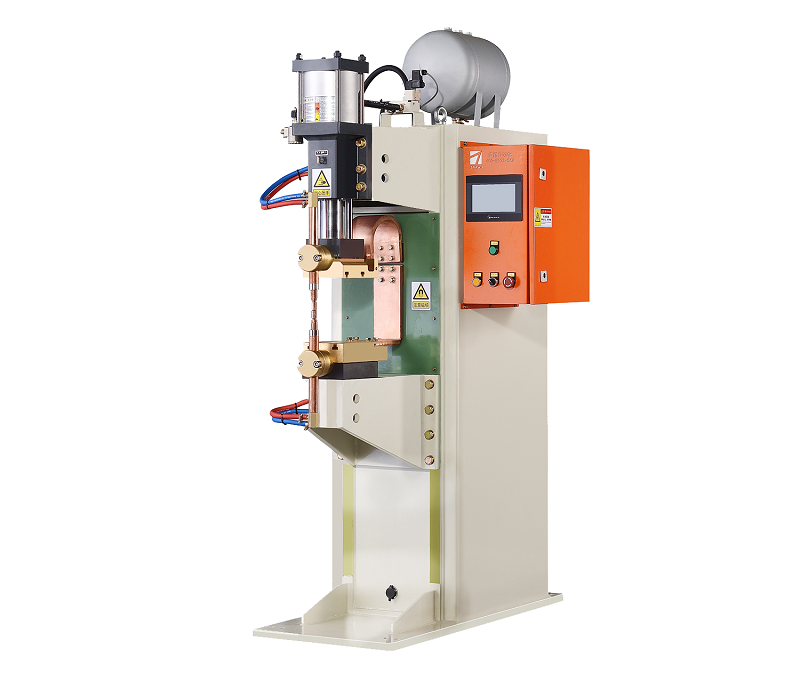- Home
- News
- How Many Steps are There in the Working Process of the Medium Frequency Spot Welding Machine?
How Many Steps are There in the Working Process of the Medium Frequency Spot Welding Machine?
Medium frequency spot welding is a vital technique used in various industries for joining metal components. The process involves several distinct steps that ensure precise and efficient welding. In this article, we will delve into the working process of a medium frequency spot welding machine, breaking it down into its fundamental steps.

- Preparation and Setup: The first step in the medium frequency spot welding process is preparation. This involves gathering all the necessary materials, inspecting the workpieces, and setting up the welding machine. Workpieces are usually made of metals with compatible properties to achieve a strong and durable weld. The machine’s parameters, such as voltage, current, and electrode force, are configured according to the material thickness and type.
- Alignment: Proper alignment of the workpieces is essential for achieving accurate and consistent welds. The workpieces are positioned precisely under the electrodes to ensure that the welding spot is located exactly where it is needed.
- Clamping: Once the alignment is verified, the workpieces are clamped securely to prevent any movement during the welding process. This step guarantees that the weld is formed precisely at the intended location, minimizing any deviations.
- Application of Current: The welding process begins with the application of an electric current. The medium frequency spot welding machine generates high-frequency alternating current, which passes through the workpieces at the welding spot. This current creates heat due to the resistance of the metals, causing them to melt and fuse together.
- Cooling Time: After the current is turned off, a cooling time is provided to allow the melted metal to solidify. Proper cooling is crucial for the formation of a strong and durable weld. The cooling time is determined based on the material being welded and the machine’s settings.
- Unclamping and Inspection: Once the cooling period is over, the clamps are released, and the welded assembly is inspected. The weld is examined for any defects such as cracks, voids, or insufficient fusion. This quality control step ensures that the welded joints meet the required standards.
- Finishing: Depending on the application, additional finishing processes like grinding or polishing might be performed to enhance the aesthetic and functional aspects of the welded joint.
- Documentation: In industrial settings, documentation of the welding process is often required for quality control and record-keeping purposes. Parameters used, inspection results, and other relevant data are recorded for future reference.
the working process of a medium frequency spot welding machine involves several critical steps that contribute to the creation of strong and reliable welded joints. Each step, from preparation to documentation, plays a significant role in ensuring the quality and integrity of the final product.